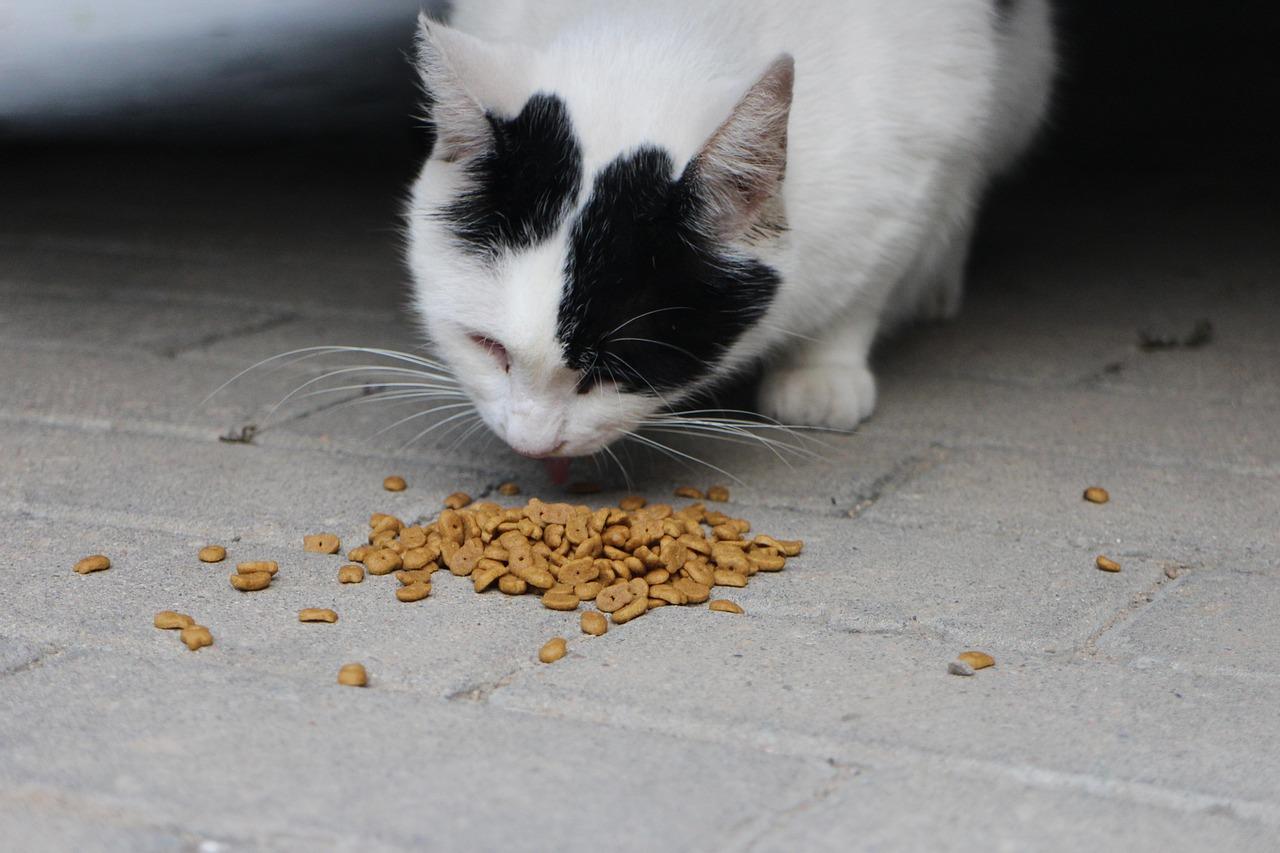Keeping your beloved pet healthy and happy involves many aspects of pet care, from regular vet visits to providing enriching playtime. A crucial element often overlooked is their diet. While choosing the right pet food can feel overwhelming with the countless options available at Petco and other retailers, understanding what foods to avoid is just as important. This guide will delve into the dangerous ingredients and foods that should never grace your pet’s bowl.
Toxic Foods: The Dangers Lurking in Your Kitchen
Many common household foods, seemingly harmless to humans, can be incredibly toxic to pets. These toxins can cause anything from mild digestive upset to organ failure and even death. Always keep these items securely stored and out of reach.
Chocolate: A Sweet Treat, A Deadly Danger
Chocolate contains theobromine, a compound that dogs and cats metabolize much slower than humans. This leads to a build-up of theobromine in their system, causing symptoms ranging from vomiting and diarrhea to hyperactivity, tremors, seizures, and even heart failure. Dark chocolate and baking chocolate pose the greatest risk due to their higher theobromine concentration. Even small amounts can be dangerous for smaller breeds. If you suspect your pet has ingested chocolate, contact your veterinarian immediately.
Xylitol: The Artificial Sweetener Threat
Xylitol, a common artificial sweetener found in sugar-free gum, candy, baked goods, and even some peanut butter, is extremely toxic to dogs. It causes a rapid release of insulin, leading to a dangerous drop in blood sugar (hypoglycemia). This can result in weakness, lethargy, seizures, and liver failure. Even a small amount can be lethal, making it crucial to keep all products containing xylitol completely out of your pet’s reach.
Onions and Garlic: Culinary Culprits
Onions and garlic, staples in many cuisines, contain compounds that damage red blood cells in dogs and cats, leading to anemia. This damage can be cumulative, meaning even small amounts consumed over time can cause serious health problems. Both raw and cooked onions and garlic are dangerous, so ensure your pet doesn’t sneak a bite from your dinner plate or leftovers.
Grapes and Raisins: Tiny Fruits, Big Trouble
While the exact toxin in grapes and raisins remains unknown, these seemingly harmless fruits can cause acute kidney failure in dogs. Even a small handful can lead to vomiting, diarrhea, lethargy, and ultimately, kidney damage requiring intensive veterinary care. It’s best to avoid giving your dog grapes or raisins altogether.

Foods That Cause Digestive Upsets
Even if not outright toxic, certain foods can cause significant digestive problems in pets, leading to vomiting, diarrhea, and discomfort. These are best avoided to maintain your pet’s gastrointestinal health.
Avocado: A Creamy Danger
Avocados contain persin, a toxin that can cause vomiting and diarrhea in dogs and cats. The amount of persin varies depending on the type of avocado, but it’s best to err on the side of caution and avoid feeding your pet any part of the avocado.
Macadamia Nuts: A Nutty Nightmare
Macadamia nuts contain an unknown toxin that can cause weakness, tremors, hyperthermia, and vomiting in dogs. While not necessarily life-threatening, the discomfort they cause makes them a food to avoid.
Raw Meat and Bones: Risks of Bacteria and Choking
Feeding raw meat and bones carries significant risks. Raw meat can harbor harmful bacteria like Salmonella and E. coli, which can cause serious illness in both pets and humans. Bones can splinter, causing internal injuries or choking hazards. Cooked bones are also dangerous due to their brittleness. Opt for commercially prepared pet food or cooked, boneless meat as safer alternatives.
Common Pet Food Additives to Watch Out For
Beyond specific foods, you should also be aware of common additives found in some pet foods. These can potentially contribute to health issues over time.
Artificial Colors and Flavors: Unnecessary Additives
Artificial colors and flavors serve no nutritional purpose in pet food. They can be potential allergens and may contribute to hyperactivity or other behavioral issues in some pets. Look for pet foods with natural coloring and flavoring.
BHA and BHT: Preservatives with Potential Concerns
Butylated hydroxyanisole (BHA) and butylated hydroxytoluene (BHT) are preservatives used to extend the shelf life of pet food. However, some studies have raised concerns about their potential carcinogenic effects. Choosing pet foods without these preservatives is a prudent approach to pet care.
Safe Alternatives and Pet Tips for Healthy Eating
Providing your pet with a balanced and healthy diet is essential for their well-being. Focus on high-quality commercial pet food formulated to meet your pet’s specific age and breed needs. Always consult your veterinarian for recommendations on the best diet for your pet. Remember, regular check-ups and a healthy diet are cornerstones of responsible pet ownership. Following these pet tips will help ensure your furry friend lives a long and healthy life.
Remember to always check the ingredient list of any pet food before purchasing. If you are unsure about a particular ingredient, consult your veterinarian. Providing your pet with a healthy and safe diet is one of the most important aspects of responsible pet ownership. By avoiding these dangerous foods and additives, you’ll contribute significantly to their overall health and happiness. Take control of your pet’s nutrition today and ensure a brighter, healthier future for your beloved companion.

